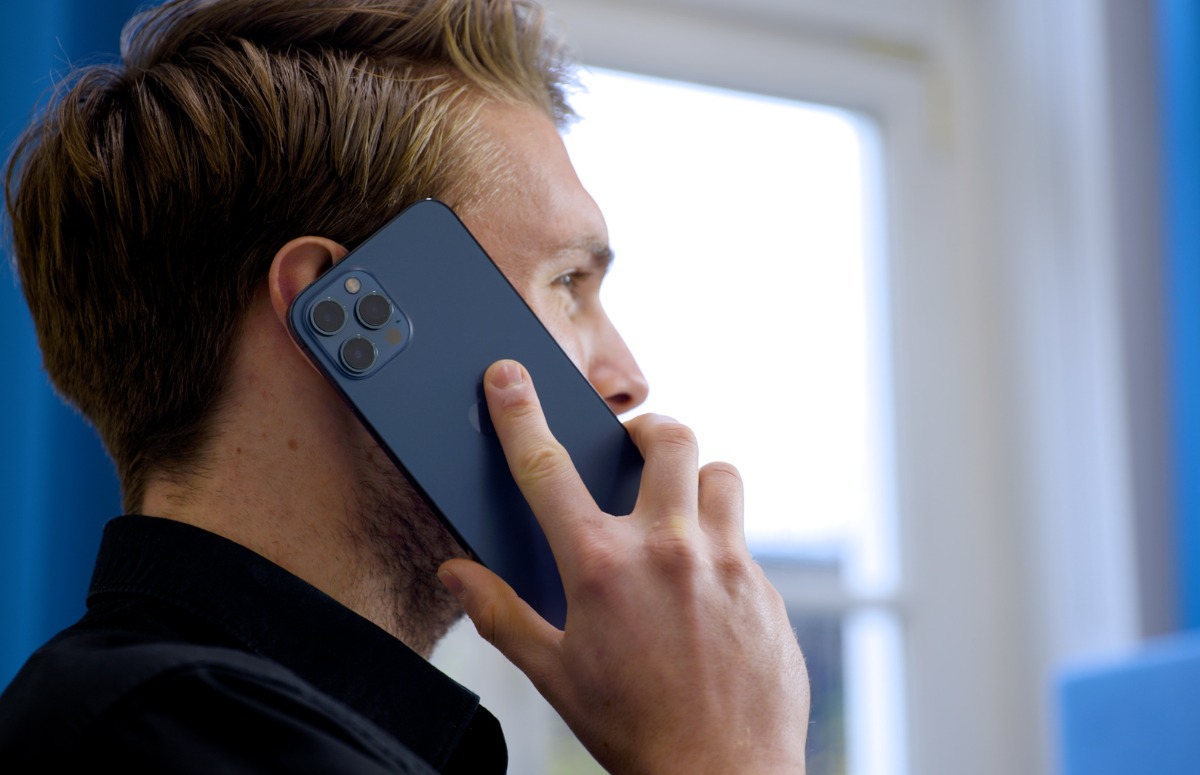this means radiation, latency and other concepts
Anyone in the market for a 5G subscription will come across a lot of technical terms. In this article we try to clarify the jargon. This is the 5G dictionary of iPhoned.
Read on after the ad.
Contents
5G dictionary: this means the slang
Radiation, dynamic spectrum sharing and frequencies: just some of the terms that you might choose when you start selecting a 5G subscription. In this article you will find clear definitions of the most important terms surrounding the new network. Tap the links below to go directly to the respective tutorial.
5G
Starting with the word itself. 5G stands for fifth-generation mobile network and is the successor to 4G. You need a mobile network to fully enjoy smartphones (and other wireless devices). Without a network you cannot call, watch YouTube videos or WhatsApp while on the go.
Range
You have probably had no range with your smartphone. At that moment, your phone will not make a (good) connection to the nearest cell tower, for example because you are outside the coverage area. Possible consequences of poor reception are a slow internet connection or problems while calling.
Coverage
Can you call and use the internet via 5G anywhere in the Netherlands? If the answer is “Yes”, it is national coverage. The coverage (also called the coverage ratio) indicates in which parts of a country a mobile network is (not) available. 5G does not currently have national coverage in the Netherlands.
Dynamic spectrum sharing
Is a provider talking about dynamic spectrum sharing (dss)? They mean that the 4G and 5G frequencies are actually shared. This sounds very technical, but the bottom line is that you do not use a unique 5G frequency while calling and using the internet.
The moment you connect to a 5G antenna from a suitable phone, you gain access to that provider’s 5G network. If your phone cannot handle 5G, you will automatically connect via 4G. DSS ensures that one transmission tower can offer two networks (4G and 5G).
Frequency
The cell tower and telephone can find each other because they share a certain frequency. This ensures that both the recipient and sender speak ‘the same language’ and can therefore find each other.
5G consists of three frequencies: 700MHz, 3.5GHz and 26GHz. The lowest frequency has the best range, but does not excel in speed. At the highest frequency, 26GHz, things are turned around: high speed, short range. Frequencies are also referred to as ‘bands’ or ‘frequency bands’.
The 700MHz band is currently already active in the Netherlands. The 3.5GHz frequency will be switched on in 2022 and the 26GHz frequency band is still waiting. Every network generation has different frequencies. For example, 4G consists of 800MHz, 1.8GHz and 2.6GHz, as shown in the table below.
| Generation | Abbreviation | Frequencies |
|---|---|---|
| 1G | ATF | 450 / 900MHz |
| 2G | GSM | 900MHz / 1.8GHz |
| 3G | UMTS | 900MHz / 1.9GHz / 2.1GHz |
| 4G | LTE | 800MHZ / 1.8GHz / 2.6GHz |
| 5G | NO | 700MHz / 3.5GHz / 26GHz |
Latency
Latency, in Dutch called latency, stands for the delay that sometimes occurs when using mobile networks. You notice this, for example, while playing online games. When there is a high latency, online gamers do not move smoothly through the game world, but move in a jerky way because there is too much delay in the network. 5G should keep latency to a minimum, resulting in a better user experience.
MHz and GHz
Frequencies are expressed in units of MHz and GHz, or megahertz and gigahertz. 1 gigahertz consists of 1000MHz. The lowest 5G frequency, 700MHz, can therefore also be described as 0.7GHz.
All mobile networks have different frequencies so that they do not get in each other’s way. You will encounter the terms MHz and GHz not only in telephone networks, but also, for example, in radio and TV channels.

Network capacity
Another advantage of 5G is the increased network capacity. There is simply more space for all mobile phones, making the network more stable. You will notice this in the future at times of peak load, such as during the New Year.
Speed
Which brings us to the benefits of 5G. The new mobile network excels at higher speeds, so you can download faster. In practice, this means that you do not have to wait while watching a Netflix movie and that you can game online wirelessly on the train without any glitches.
Radiation
Without a doubt the most controversial term in this 5G dictionary: radiation. The scientific and social significance of this term varies considerably, although they are used interchangeably.
In science, radiation refers to a specific form of radiation, namely ionizing radiation. These are electromagnetic fields with very high (and harmful) frequencies, such as X-rays and radiation from radioactive substances. If you read about 5G and radiation in the media, it is about electromagnetic fields that are non-ionizing, as the image below shows.

Electromagnetic fields are created when electrical charges start to move, for example when you connect a WiFi router to the wall socket. Smartphones, microwave ovens and mobile networks also make use of electromagnetic fields. However, they are in the non-ionizing part of the spectrum.
If the radiation from a (5G) antenna remains within the exposure limits that are monitored, there are no additional health risks to humans under normal circumstances. The exposure limits are European directives and indicate the conditions that antennas for telecom networks must meet. Providers must therefore adhere to these rules.
Cell towers
Cell towers ensure that smartphones that are connected to the mobile network can exchange data with each other. The antennas act as a ‘contact’ and coupling point. When you want to call with your phone, a signal is sent to the transmission tower. This then forwards the call to another cell tower in the vicinity of the recipient.
In practice, antennas and cell towers are used interchangeably when we talk about 5G, although both concepts have different meanings. After all, transmission towers are constructions for mounting antennas. In addition to an antenna, a transmission tower consists of a mast, or a high pole.
5G month on iPhone
The whole month of March stands iPhoned in the sign of 5G. We delve into the history of the mobile network and consider the benefits. We also consider whether 5G is currently necessary, or especially one gimmick. Click on one of the links below to read more stories about 5G.



